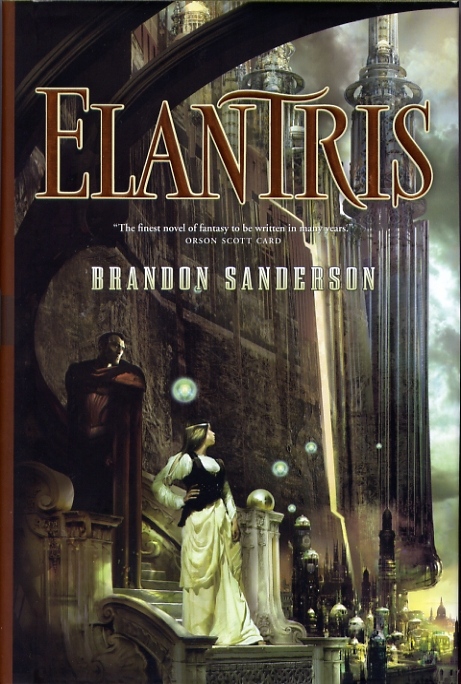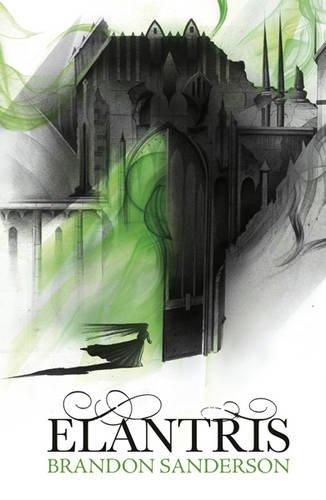Review of The Golden Spruce: A True Story of Myth, Madness, and Greed by George Vaillant:

Publisher's Weekly Description said:
The felling of a celebrated giant golden spruce tree in British Columbia's Queen Charlotte Islands takes on a potent symbolism in this probing study of an unprecedented act of eco-vandalism. First-time author Vaillant, who originally wrote about the death of the spruce for the New Yorker, profiles the culprit, an ex-logger turned messianic environmentalist who toppled the famous treethe only one of its kindto protest the destruction of British Columbia's old-growth forest, then soon vanished mysteriously. Vaillant also explores the culture and history of the Haida Indians who revered the tree, and of the logging industry that often expresses an elegiac awe for the ancient trees it is busily clear-cutting. Writing in a vigorous, evocative style, Vaillant portrays the Pacific Northwest as a region of conflict and violence, from the battles between Europeans and Indians over the 18th-century sea otter trade to the hard-bitten, macho milieu of the logging camps, where grisly death is an occupational hazard. It is also, in his telling, a land of virtually infinite natural resources overmatched by an even greater human rapaciousness. Through this archetypal story of "people fail[ing] to see the forest for the tree," Vaillant paints a haunting portrait of man's vexed relationship with nature.
Short Version: This is an absorbing story that weaves together the history of Western Canada and the culture of First Nations, European explorers, and loggers on one of the most remote and pristine locations on Earth.
Long Version: The story is centered about the singular Grant Hadwin, an outdoorsman that puts other outdoorsmen to shame, and who was more at home in the untamed west coast rainforest than he is in normal society. It speaks of his transformation from a logger/ timber scout into an environmental activist through a spiritual awakening. It culminates in his publicly condemned act of cutting down one of the rarest trees in existence, the three-hundred year old Golden Spruce of the title, as a shocking form of protest to get people to think about what we are doing to the environment.
Hadwins justification: By destroying the unique, the special, he hoped that people would turn their attention to the systematic pillaging of the old-growth forests as a whole. He wanted us to focus on the forest instead of the tree.
The book provides a great and thick description of the Haida Gwaii (formerly known as the Queen Charlotte Islands) and the history of the Haida, along with their fascinating myths around the Golden Spruce itself. Ive always wanted to travel to the Haida Gwaii. In my opinion, its one of the gems of the world, so the fact that this book explores it in detail definitely made it an even more absorbing read.
Some of the most thought provoking sections of the book explore the theme of relentless exploitation. People, when exposed to the temptations of making a quick buck and of getting ahead, are fully capable of overexploiting their environment, no matter their origins. After realizing how valuable sea-otter pelts are, the Haida proceeded to hunt them down to near extinction. After realizing how useful Sitka Spruce is in plane construction during World War II, loggers equipped with a game-changer, the chainsaw, leveled thousand-year old forests within the span of a few decades. In a lot of ways, the book puts forth some interesting parallels between the Haida people and the loggers on the West coast: it looks at both of their height of power and their subsequent collapse. The unrelenting drive for efficiency is doubly devastating: it overwhelms the capacity for an essential resource to regenerate, obliterating any hope for sustainability. At the same time, productivity increases force people out of their livelihoods, and economic collapse and unrest becomes inevitable.
But what they did was not done out of malice, but as Vaillant puts it, of unsentimental pragmatism. The mentality of if you dont do it, someone else will is extremely prevalent. The remorse that is felt after the fact, after the destruction, is intense and tragic. On more than one occasion in the book, loggers look back in hindsight at the barren landscape of their clearcut and and lament, My god, what have I done? Its a classic case of the Tragedy of the Commons, and of good people doing bad things. The same market forces and the same logic leads the inexorable path of extinction, of overexploitation, of a scorched earth.
The other theme I really enjoyed reading about in the book was about the value and ideas we place on trees. Vaillant writes that trees are by definition, a defiant and subversive act against the fundamental laws of physics: gravity and entropy. It is the ultimate expression of order and of life. Trees are also the only living things that visibly operate on a vaster timescale than us, stretching back centuries into the past and enduring centuries into the future. It was interesting to read about the explanation about the existence of the Golden Spruce from the Haida perspective and the scientific perspective. Both explanations are nothing short of miraculous, but in completely different ways.
On the negative side, I personally dont dig the structure of the book. The main story veers off into pretty significant side tangents. Sometimes I just want to get back to the main story! I get why it was done, but I just found it a little distracting. The main story ends up being a little anticlimactic, especially when the back of the book spoils a large portion of the story. Such a shame.
Overall, its a good book and an entertaining read. If you have any interest in the history of the West Coast, of the First Nations, or in the familiar stories of resource exploitation, check it out. The prose is also very good, vivid and memorable; Vaillants a good writer and an excellent researcher.



































